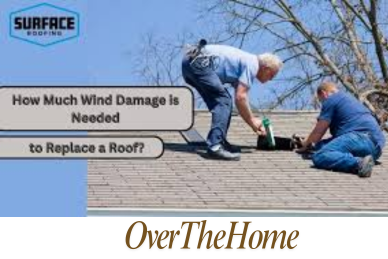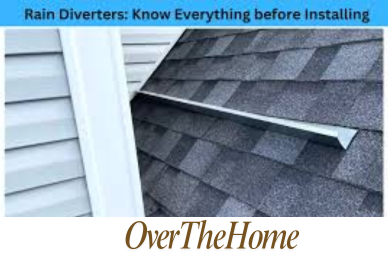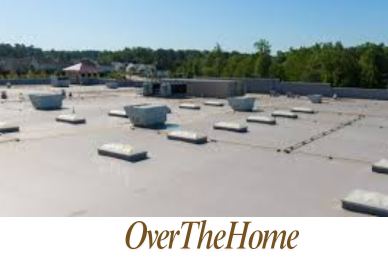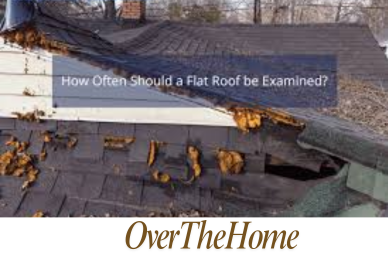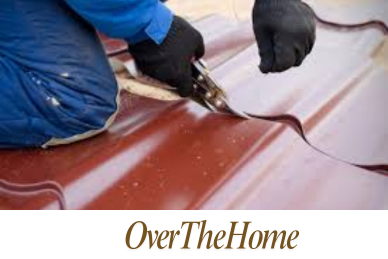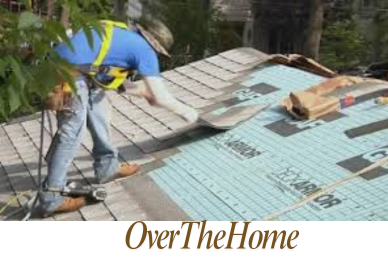Solar Installation Problems on a Roof | What Homeowners Should Know
The adoption of solar power is rapidly increasing as homeowners seek energy independence and eco-friendly alternatives to traditional electricity. Installing solar panels on a roof is one of the most common ways to harness this renewable energy.
However, while the benefits are clear—reduced energy bills, lower carbon footprints, and potential tax incentives—there are several issues that can arise during and after installation. This article summarizes these potential challenges so you can make an informed decision.
Can Solar Panels Go On Any Roof?
Not every roof is well-suited for solar panel installation. The type, age, and structural condition of a roof play significant roles in determining its compatibility. For instance:
Roof Type: Asphalt shingles are the most common and ideal roofing material for solar installations because they provide a stable and easy surface for mounting. However, materials like clay tiles, wood shingles, or slate can be difficult to work with and may need special mounting, leading to higher installation costs.
Roof Age and Condition: Installing solar panels on an old or deteriorating roof can lead to serious problems. If the roof needs replacing or repairing shortly after the installation, you would need to uninstall the panels, fix the roof, and then reinstall the system. This can be both costly and time-consuming.
Roof Pitch and Orientation: The angle and orientation of the roof impact the efficiency of solar panels. South-facing roofs with a moderate pitch (usually between 30-40 degrees) are optimal in the Northern Hemisphere. If the roof faces east or west, solar power will be lower, reducing the system’s overall effectiveness.
Is It Safe to Mount Solar Panels on the Roof?
Before installing solar panels on your roof, it’s crucial to weigh the potential benefits against the potential risks. Here are a few things worth considering.
Structural Integrity
Solar panels add weight to a roof, and this additional load must be accounted for to avoid compromising the structure of the house. A typical solar panel weighs around 40 pounds, but the mounting equipment and additional components, like inverters and batteries, can add significant weight.
For homes with older or weak roofing structures, this added weight could lead to structural damage, sagging, or even collapse in extreme cases. It’s crucial to have a structural engineer assess the roof before installation to ensure it can handle the weight.
Water Leakage and Roof Damage
One of the biggest concerns is the potential for water leakage after solar panel installation. The process involves drilling holes into the roof to secure the mounting brackets, which, if done improperly, can lead to water seeping through. Over time, water leaks can cause mold, rot, and even structural damage.
To prevent water leakage:
- Ensure the installation company uses high-quality, weather-resistant flashing and sealants to protect against water penetration.
- It’s essential that the installers follow proper installation procedures and take extra care around flashing, vent pipes, and chimneys.
If not addressed promptly, roof leaks can cause significant damage and may void the roof’s warranty, which is another important consideration.
Improper Installation and Poor Workmanship
While most solar installers are certified professionals, improper installation can still happen. Common issues include:
- Loose or poorly anchored panels, which can be hazardous during high winds or storms.
- Electrical issues such as poorly wired systems, which could cause inefficient energy production or even pose fire risks.
- Inadequate spacing between panels, leading to shading, which reduces efficiency.
It’s essential to hire a reputable, certified installer with experience in rooftop solar systems. Checking online reviews, asking for references, and verifying credentials can help ensure the installer meets high standards.

Why Not Put Solar Panels on the Roof?
Other than the above-mentioned issues, here are a couple more reasons why you might opt out of putting solar panels on your roof.
Warranty and Insurance Complications
Most solar panels come with a manufacturer warranty (typically lasting 25 years), but the installation process can void a roof’s existing warranty. You should carefully review both their solar panel warranty and roofing warranty to understand any potential conflicts.
Installing solar panels can also affect your insurance policies, as the addition of the system may require updates to the coverage. You should check with their insurance provider to ensure the solar system is covered against damages, theft, or other risks.
Roof Space Limitations
Homes with limited roof space may struggle to accommodate enough panels to meet their energy needs. Solar panels require a significant amount of space to generate adequate electricity for a home. Shaded areas caused by trees or other buildings can further limit the available roof space, reducing the system’s potential.

Birds and Debris Accumulation
Birds can nest underneath solar panels, leading to an accumulation of debris, which can block airflow and cause hotspots that reduce the panels’ efficiency. It can also cause physical damage to the wiring or panels. Installing bird-proofing measures like mesh barriers can help mitigate this issue, but will increase the overall cost.
Aesthetic Concerns
Solar panels can change the appearance of a home, and not every homeowner is happy with the aesthetics. For those who prioritize curb appeal, the panels might not blend well with the overall look of the house, especially on more traditional or historically styled homes.
While newer designs of solar panels are becoming sleeker and less intrusive, it’s worth considering how the panels will affect the home’s appearance. For some, this might be a minor concern, but for others, it could be a dealbreaker.
Frequently Asked Questions
What are the risks of solar panels?
Although solar technology is generally safe, concerns include electromagnetic fields (EMFs) and radiation, exposure to chemicals from the materials used in solar panels, and the panels affecting the temperature of homes and neighborhoods.
How to maintain solar panels on roof?
Solar panels usually need to be cleaned often to remove dirt, leaves, and other things that might block the sunlight. You should also check underneath the panels for anything stuck there or signs of animals. If animals are a problem, you might want to get solar critter guards.
Conclusion
Installing solar panels on a roof is an exciting step towards clean energy and energy independence, but it’s not without its challenges. By understanding potential problems like roof compatibility, improper installation, and maintenance needs, you can avoid costly repairs and ensure your system runs efficiently for years to come.

